Gold price waits for rates clues from Jackson Hole
Political turmoil in the US has the potential to 'help gold in the short and longer term'
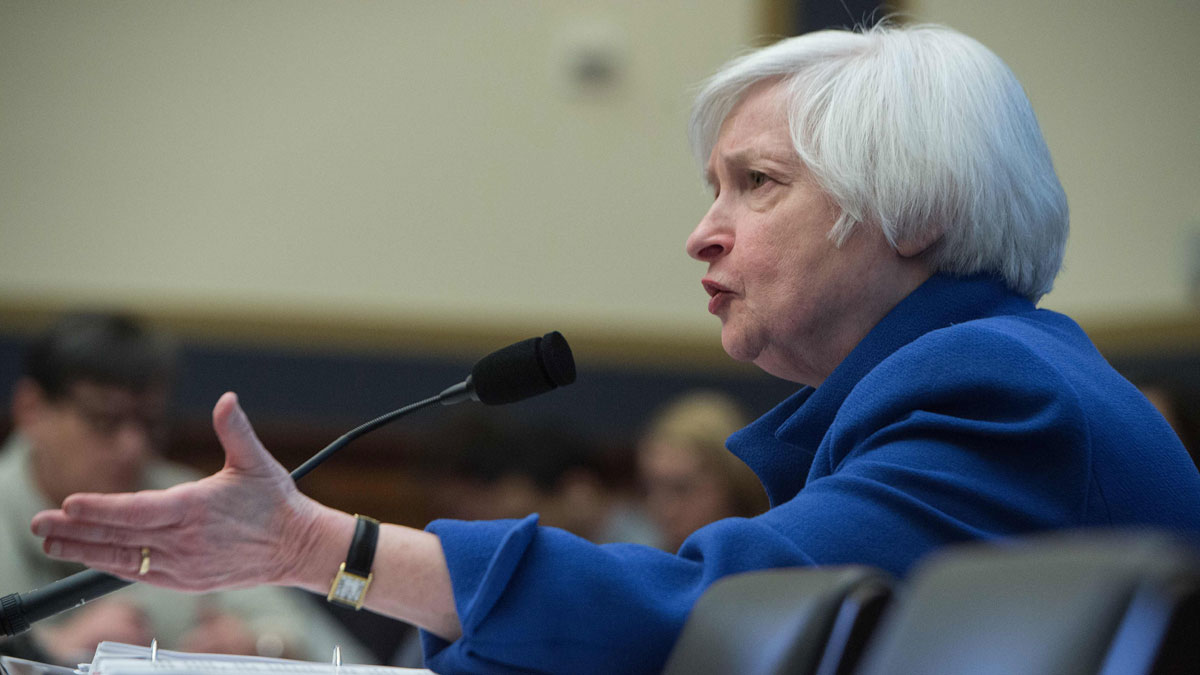
Gold price: why it could go below $1,000 – or above $1,100
22 December
The gold price continues to defy gravity.
Received wisdom has it that gold falls in price when interest rates rise – and this cycle was set in motion by the Federal Reserve's raising of interest rates last week. Higher rates boost income-generating alternatives and tend to spur the dollar, against which gold is a hedge.
The Week
Escape your echo chamber. Get the facts behind the news, plus analysis from multiple perspectives.

Sign up for The Week's Free Newsletters
From our morning news briefing to a weekly Good News Newsletter, get the best of The Week delivered directly to your inbox.
From our morning news briefing to a weekly Good News Newsletter, get the best of The Week delivered directly to your inbox.
But gold has not followed the script. It did slump the day after the Fed's decision last Thursday, hitting a new six-year low of around $1,050, but it has since been gradually rising and was this morning trading at around $1,080 an ounce. The question now is where it goes from here.
Most investment banks predict that gold will fall below $1,000 an ounce, probably in the early months of next year. A second interest rate rise would bring home the reality of monetary policy tightening, while the dollar would surge from its already historically high levels. Inflation, another key gold hedge, is likely to stay depressed as oil prices tumble.
On the other hand, there is the chance that the Fed will boost rates only slowly in response to more sluggish economic growth and weak inflation. Should this happen the dollar would most likely dip and, after three years of a downward trend, gold could spiral higher. Credit Suisse has projected a price above $1,100 and as high as $1,150.
In recent days this latter pattern has been playing out. The dollar is slightly lower, Reuters notes, after data showed US economic expansion had slowed a little in November and this emphasises the gradual rates path the Fed is likely to follow. In addition, there has been substantial volatility in equities that has lent gold some of its old safe haven value.
A free daily email with the biggest news stories of the day – and the best features from TheWeek.com
It should be noted, however, that the demand for gold is weak and, while the volumes of gold changing hands have certainly been high, trading is taking place in a "thin" market where many participants have already packed up for 2015. Assets in the largest gold ETF in the world fell again on Monday to close to a seven-year low.
As Bob Haberkorn, a broker at RJO Futures, told the Wall Street Journal: "The downside for gold appears to be limited, at least until the end of the year." The real tests will come in the new year.
Gold price seen taking big dip
21 December
The gold price resumed its recent volatile trend on Friday as the initial reaction to the US interest rate rise last week began to fade, but the precious metal is forecast to drop even lower in the months ahead.
In the lead up to the Federal Reserve's historic meeting last week gold had been performing unpredictably. Following the decision to raise rates for the first time in nine years, the metal at first held steady, but then slumped in New York on the first full trading day after the announcement to a new six-year low of below $1,050 an ounce.
Even this proved short-lived, however. Gold rallied strongly on Friday and eventually leapt more than $15 in the final session of the week. It has since risen by a few dollars to sit this morning at around $1,072 an ounce.
Analysts have remarked, though, that trading is "thin" in the run up to Christmas and the New Year. It is also worth noting that the price is relatively range-bound, after spending much of the past two months or so at around $1,070 an ounce and therefore not far above the lows last seen in 2009.
With the Fed pencilling in four interest rate rises next year if inflation begins to move towards its target – a faster pace of tightening than currently predicted by the market – many observers reckon gold could yet move lower in the medium term. Non-yielding commodities such as gold tend not to respond favourably to rates increases, which boost income-generating assets.
Rate rises also tend to boost the dollar, against which gold is negatively correlated. A rise in the Japanese yen after a stimulus package from the country's central bank disappointed investors last week has held back the US currency in the past couple of sessions, but the greenback is still high by historical standards and is predicted to advance if the Fed pushes on.
ANZ told Reuters that the pace of rate rises would determine gold's trend in the coming months. ABN Amro agrees and in a note quoted by Mining.com the bank predicted that the gold price would fall as low as $900 an ounce next year before recovering substantially. BNP Paribas, Deutsche Bank and Goldman Sachs have all forecast a sub-$1,000 dip.
Based on its recent performance gold could yet defy its doubters. If the metal is to continue to gather momentum it would probably require an increase in buyer demand and for rates to rise at a slower pace than the Fed is currently projecting – something most economists seem to think is very possible.
Gold Price: why did it slump to a new six-year low?
18 December
The gold price eventually returned to type – just a day or so later than might have been expected.
On Wednesday, the Federal Reserve increased interest rates for the first time in nearly nine years. Gold and other non-income-bearing commodities tend to fall when rates rise, so the conventional wisdom would have been for the yellow metal to lose ground.
Instead, the gold price increased shortly before the announcement amid a big market bet on a raise. It then continued to edge up thereafter to a high of $1,078 an ounce. Even when it later softened, it held firm at the level at which it had closed on Tuesday and was still around $1,065 when the New York Comex reopened for business yesterday afternoon.
Then came the slump. Gold shed more than $15 dollars in a matter of minutes and touched a new six-year low of $1,049 an ounce. It settled in the afternoon at around $1,055 – where it remained this morning – as the technical resistance around $1,050 once again proved solid.
So why did gold fall? The Wall Street Journal attributes the drop to a delayed response to a return to rising interest rates, which traders fear "will cut demand for the precious metal".
Mining.com points to the movements in the dollar, against which gold is a hedge and compared to which it is negatively correlated. The greenback had barely moved on Wednesday as the Fed's dovish language kept a lid on gains, but as traders sold off rival currencies on Thursday it built a head of steam and eventually settled at around one per cent higher (a big move on forex markets).
Finally, and perhaps most critically, there is the bearish medium-term picture. Inflation, against which gold is also a hedge, is low and going nowhere, physical demand is hardly surging, and from a technical perspective gold is still expensive relative to other precious metals.
Global Post notes that "Goldman Sachs, JP Morgan, Citi, ABN Amro, and Societe Generale all forecast gold prices will break down below $1,000 in early 2016". Even HSBC, which predicts the price will end 2016 higher than it is now, is forecasting the metal will go below this threshold before the recovery finally takes hold.
Gold price shrugs off historic Fed rates move... at first
17 December
The gold price was largely unchanged from where it settled yesterday, ahead of the Federal Reserve's big decision on interest rates.
The precious metal rose in the hours before the Fed's announcement that benchmark interest rates are to increase – and edged up again in the immediate aftermath of the press conference. Given that gold is now holding firm to its level of the past two weeks, it appeared the market had shrugged off a historic move that had been mostly 'priced in' already.
Rate rises tend to boost the dollar, against which gold is a hedge and compared to which it is inversely correlated. The metal also tends to fall as a direct consequence of rising rates, which represent a boon for income-generating alternatives.
In the event, the yellow metal rose from around $1,065 an ounce ahead of the rates call to $1,075 – and then inched higher to a session high in New York of $1,078 after the Fed's press conference. It has since softened, but this morning in London it was creeping up towards $1,070 an ounce. The market stood firm.
But then in the hour after markets opened again in New York this afternoon it all went sour. Having trickled down to closed to $1,065, the gold price suddenly tumbled to $1,050 an ounce in a sharp negative shift. This is despite the fact that the dollar has moved only modestly today, rising 0.5 per cent against the pound and the euro.
The unpredictable market reaction - including a major boost for equities markets in Europe in particular - is down to a few factors, not least the "dovish" nature of the hike.
The Fed has eased back its 'dot plot' of projected future rates increases and made clear it is opting for a "gradual" pace that will mean compelling evidence is needed before it moves again. This policy has also held back increases in the dollar, which is up only marginally.
A slower pace of rises will help the gold price, as will the removal of uncertainty over when a rates rises would start that is thought to have caused the gold price to drop ten per cent lower this year. Mining.com also notes that there are signs that the market "should return to focus on fundamentals in the industry characterised by declining supply and robust physical demand", which some reckon should drive the price up to around $1,150 next year.
But on the other hand, rates are now rising, inflation (another gold counterpoint) is stubbornly low and big demand drivers like exchange-traded funds have, says CNBC, been heavily drawn down. These factors have persuaded many analysts that gold will actually fall below $1,000 before the recovery really begins.
There was already a big bet on it heading south from hedge funds and the like - if the price falls below its recent support levels around $1,050 then it could be in for a rough ride.
Gold price: why it might fall or rise after Fed
16 December
The gold price has been difficult to predict of late.
It rallied hard at the beginning of the month on the back of a strong jobs report which suggested an interest rates rise was likely. Gold is not meant to enjoy rates rises, which boost income-generating assets.
It has also broadly tracked equity markets for long periods rather than acting as a 'safe haven' as it should – and recently it has been shifting lower or higher just when it appears an opposing trend is set in.
Now, having fallen back towards a recent six-year low earlier this week ahead of a potentially historic Federal Reserve vote to raise rates today, the gold price is actually rallying in line with equities.
This morning it was at $1,065 an ounce – still relatively low, of course, and with trading sparse.
So what might happen after the Fed decision? Here are the arguments either way.
Gold will fall
Recent movements in gold have suggested a rates hike is now fully priced-in and that the price is being driven more by movements in the dollar.
But the reality of a rates hike is different from the speculation – around a third of traders now working in the markets have never seen the Fed raise rates – and limited trading now could suggest a release of pent-up aggression later.
Even if the hike is priced-in and gold is more in the thrall of the dollar, the result could be the same. Currencies typically gain when domestic rates rise and the greenback has been at multi-year highs in recent weeks in anticipation of a hike.
Gold tends to move in the opposite direction to the dollar, so this could spark a sharp fall. The detail of the Fed decision will be critical, too.
If we assume that a first rates hike is already priced-in, it follows that traders will scour the communique for signs of how fast the next rises might come – and an indication of a hawkish pace, involving several upwards moves next year, would paint a bearish picture for gold.
Gold will rise
This might have appeared unlikely months ago, but the behaviour of the gold price recently makes it a real possibility.
Essentially, the argument goes, the rates hike is so priced-in that the actual fact of it happening is inconsequential. As outlined above, it's all about the communication vis-a-vis future rises.
Most traders are taking Fed chair Janet Yellen at face value and expecting a 0.25 per cent increase today to be accompanied by dovish language that will not even commit to any follow-up until inflation is moving again and there is proof of no harm to the economy.
It's being dubbed 'one and done' and it might send the dollar sharply lower and gold higher.
There's also the possibility of the Fed disappointing the market. This could mean either a smaller rise of 0.125 per cent, a tweak rather than a hike that would see the floating 0-0.25 per cent band replaced with a targeted fixed rate of 0.25 per cent, or no rise at all.
The latter would be hugely damaging to the Fed's credibility and would probably send gold soaring.
What then?
Either way, most analysts reckon gold is heading lower in the medium term. Weak energy prices are still weighing on inflation, against which it is a hedge, physical demand may disappoint amid slowing global growth and a period of normalising monetary policy does not suit the yellow metal anyway.
A broad consensus is for the gold price to fall to around $1,000 early next year.
But there are signs that central bank demand in particular is on the up and, once the initial rise is out of the way, interest rates that are still historically low may not dominate traders' attention so much.
On that basis, the likes of Credit Suisse are predicting a modest recovery next year, says Bullion Vault, to around $1,150.
-
 The Week Unwrapped: what’s scuppering Bulgaria’s Euro dream?
The Week Unwrapped: what’s scuppering Bulgaria’s Euro dream?Podcast Plus has Syria changed, a year on from its revolution? And why are humans (mostly) monogamous?
-
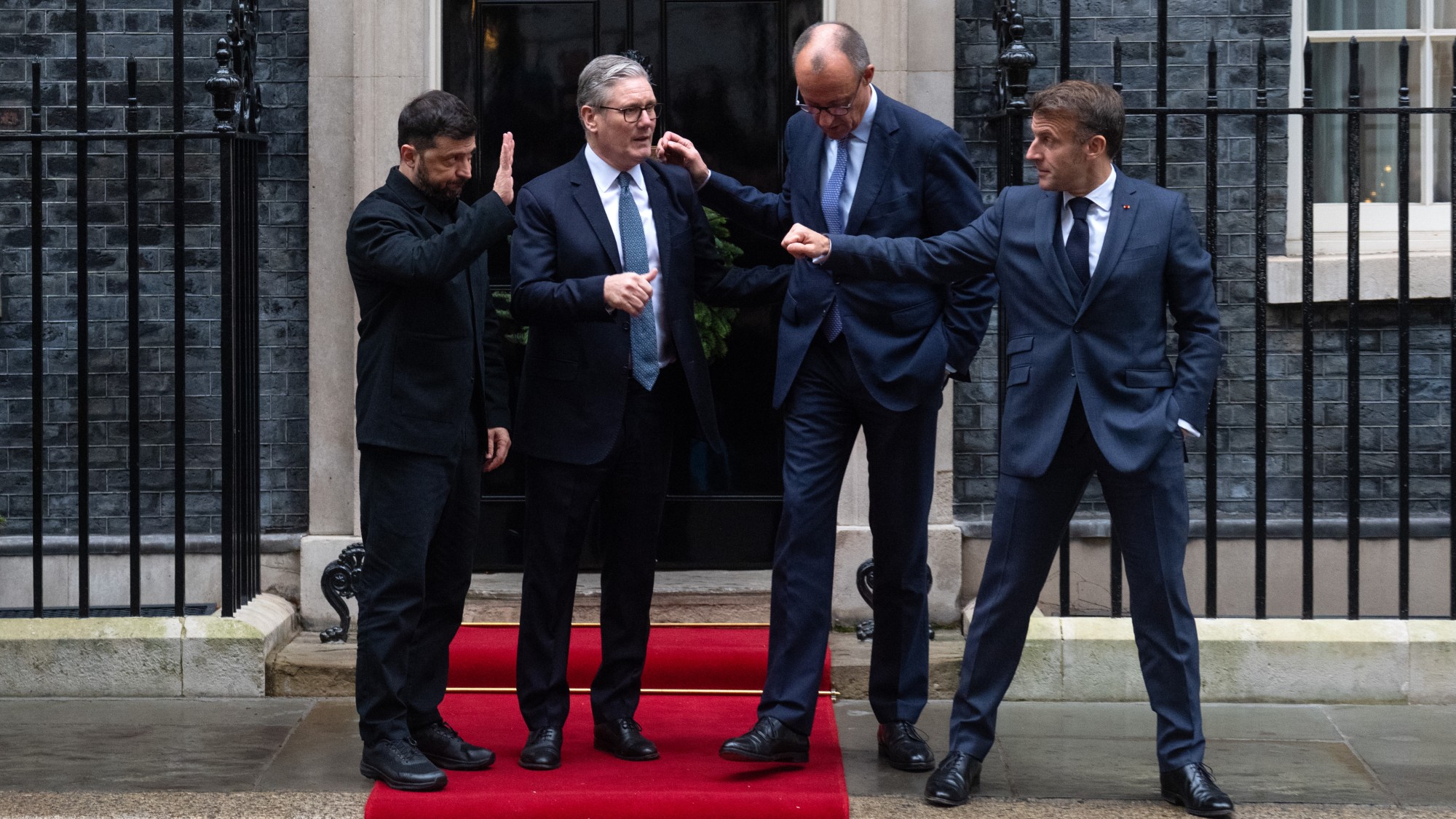 Will there be peace before Christmas in Ukraine?
Will there be peace before Christmas in Ukraine?Today's Big Question Discussions over the weekend could see a unified set of proposals from EU, UK and US to present to Moscow
-
 Quiz of The Week: 6 – 12 December
Quiz of The Week: 6 – 12 DecemberQuiz Have you been paying attention to The Week’s news?
-
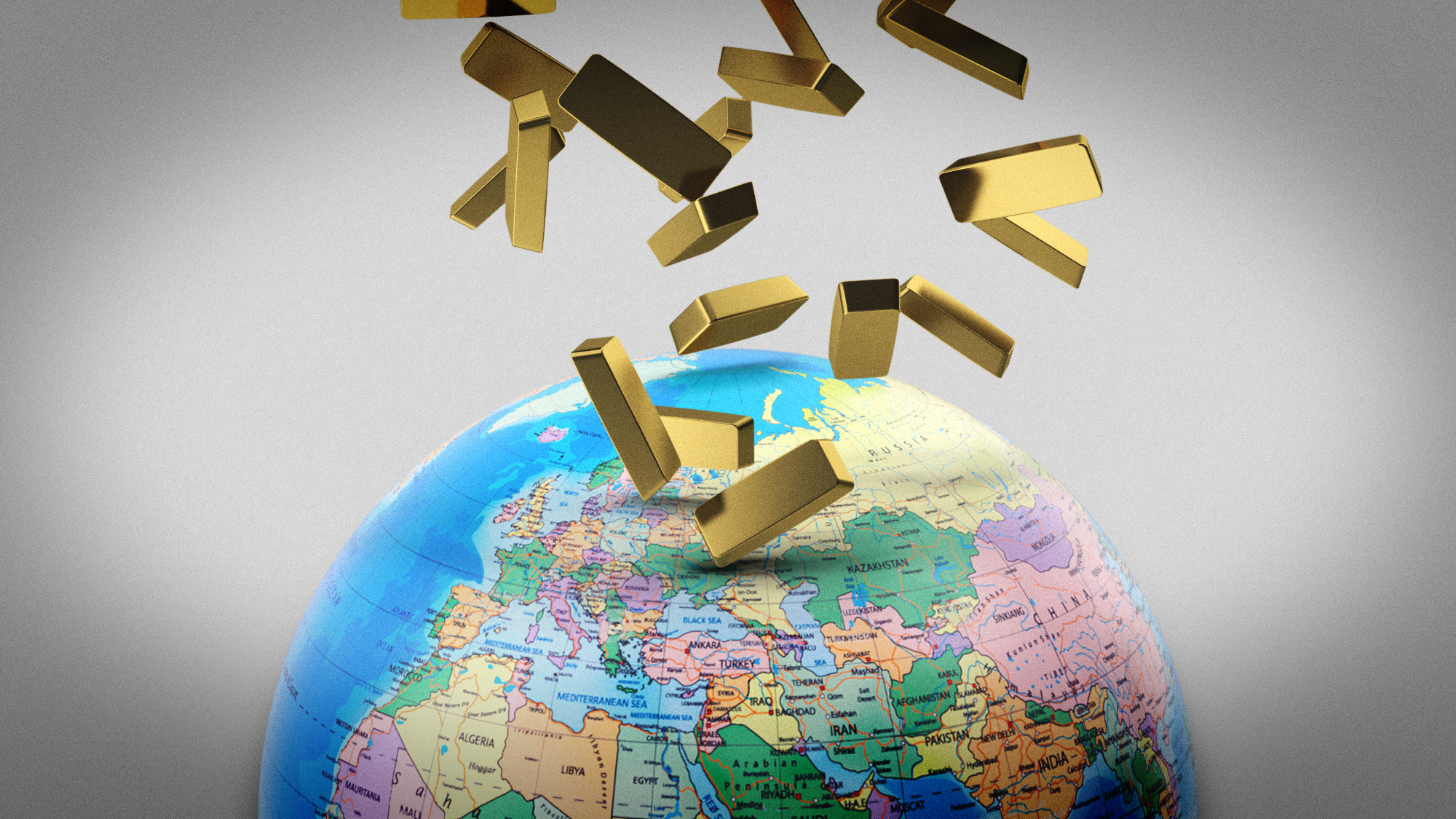 What a rising gold price says about the global economy
What a rising gold price says about the global economyThe Explainer Institutions, central banks and speculators drive record surge amid ‘loss of trust’ in bond markets and US dollar
-
 Gold tops $4K per ounce, signaling financial unease
Gold tops $4K per ounce, signaling financial uneaseSpeed Read Investors are worried about President Donald Trump’s trade war
-
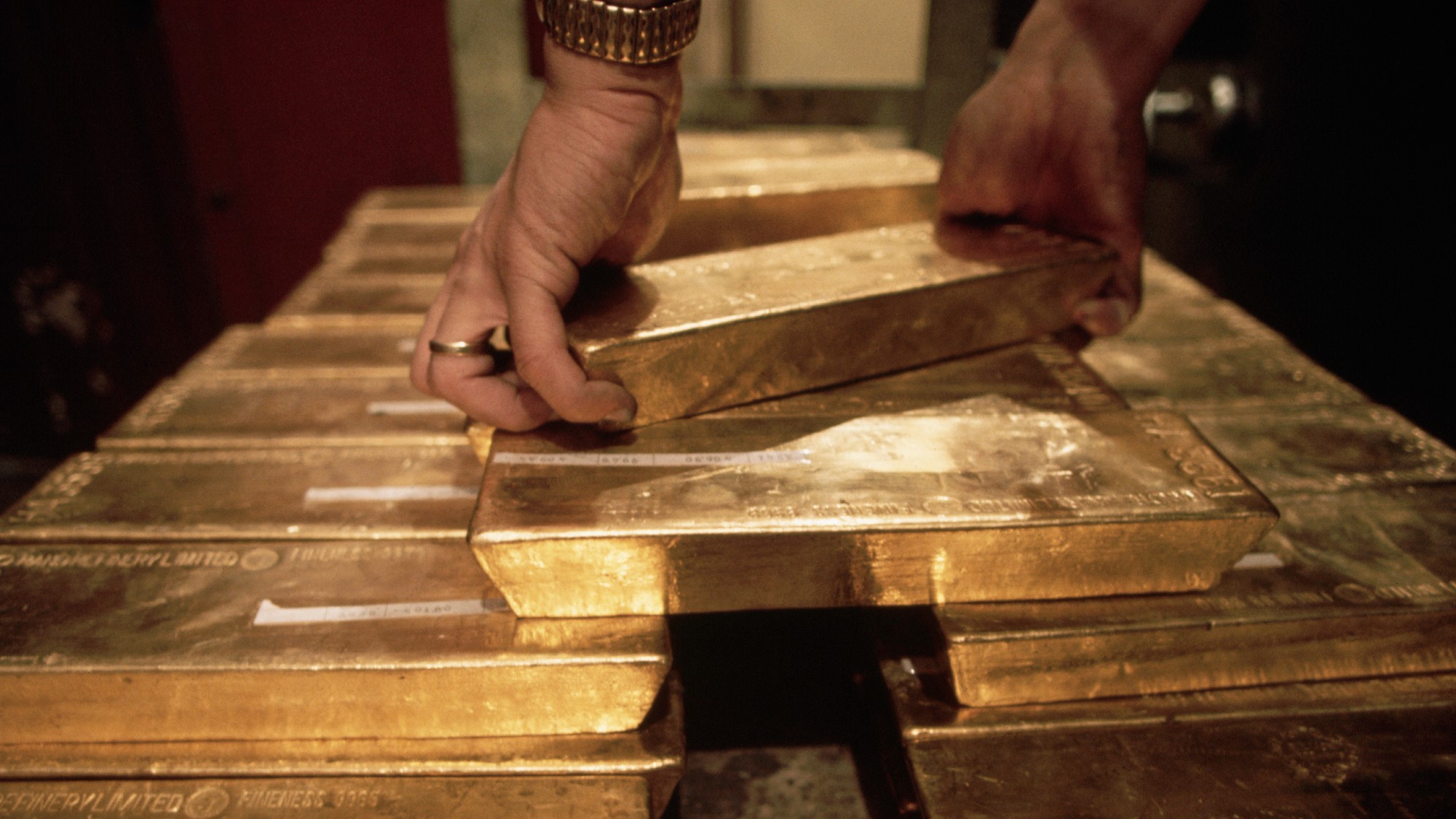 Safe harbor: Gold rises as stocks sink
Safe harbor: Gold rises as stocks sinkfeature It's a golden age for goldbugs
-
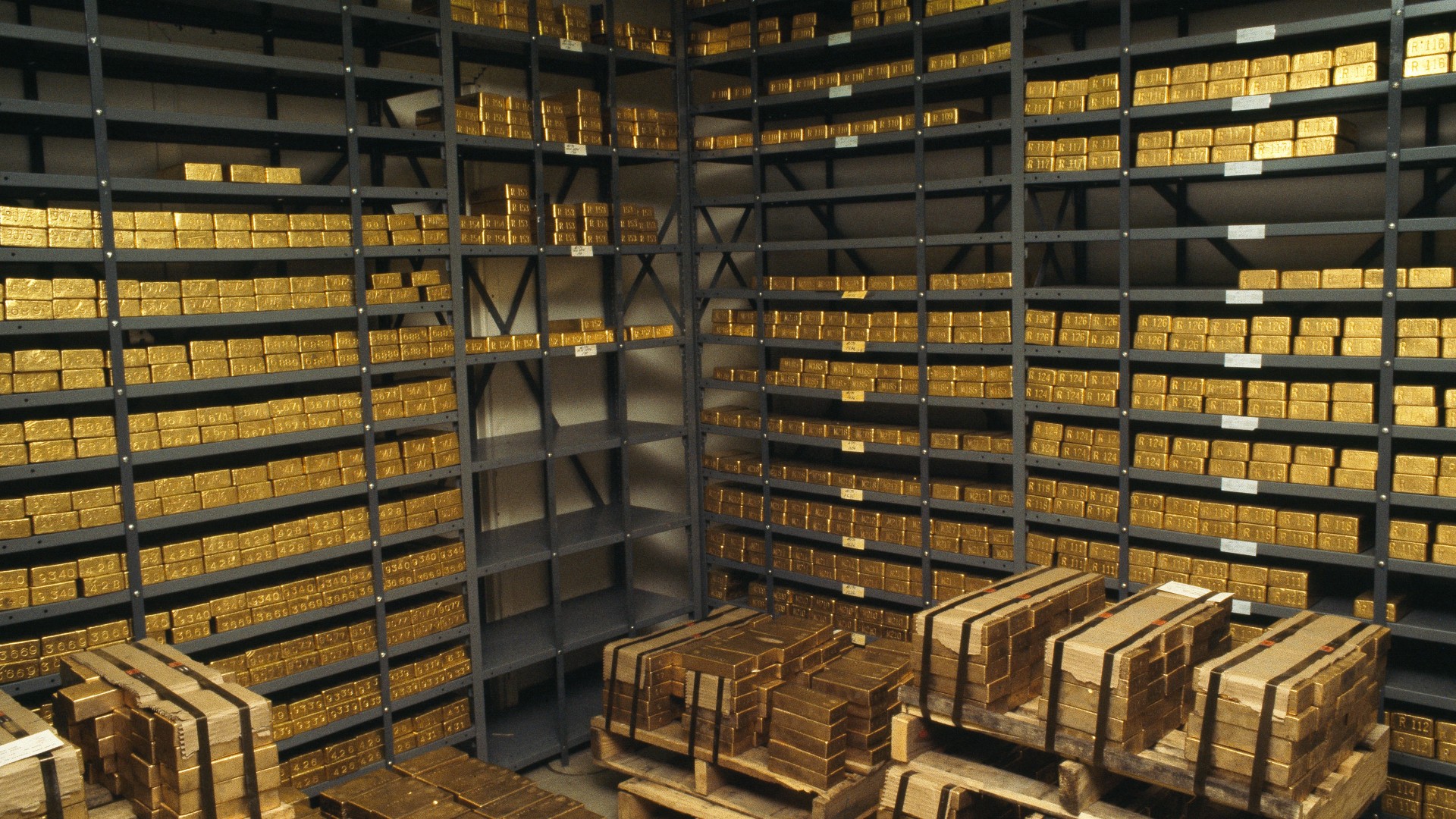 What rising gold prices can tell us about the economy in 2024
What rising gold prices can tell us about the economy in 2024The Explainer Market hits all-time high, boosted by a weakening US dollar and rising global tensions
-
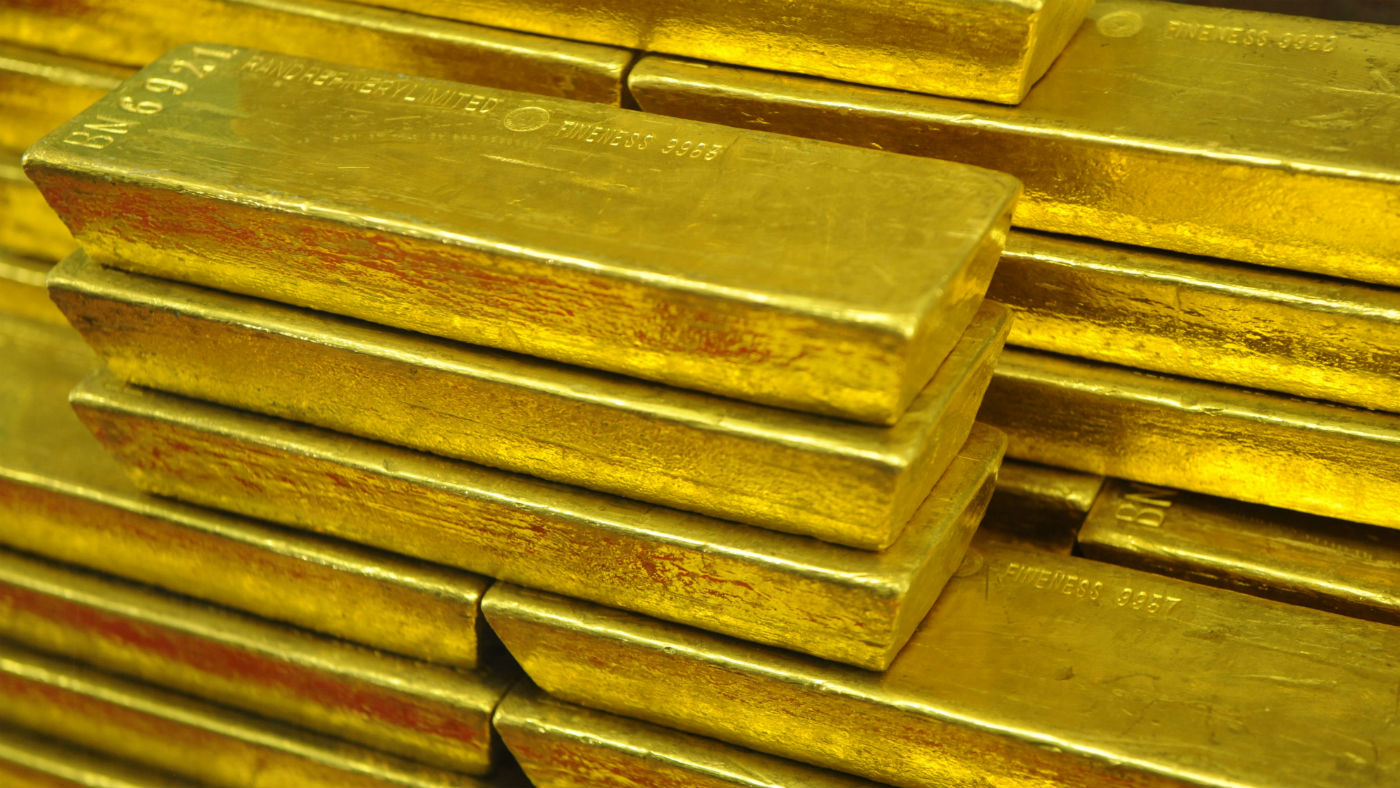 Gold’s ‘flash crash’: what the experts think
Gold’s ‘flash crash’: what the experts thinkfeature Bad news, good news and a loss of faith
-
 What is the price of gold and when is best to buy?
What is the price of gold and when is best to buy?Speed Read Economic and geopolitical uncertainty traditionally drives investors to reliable metal markets